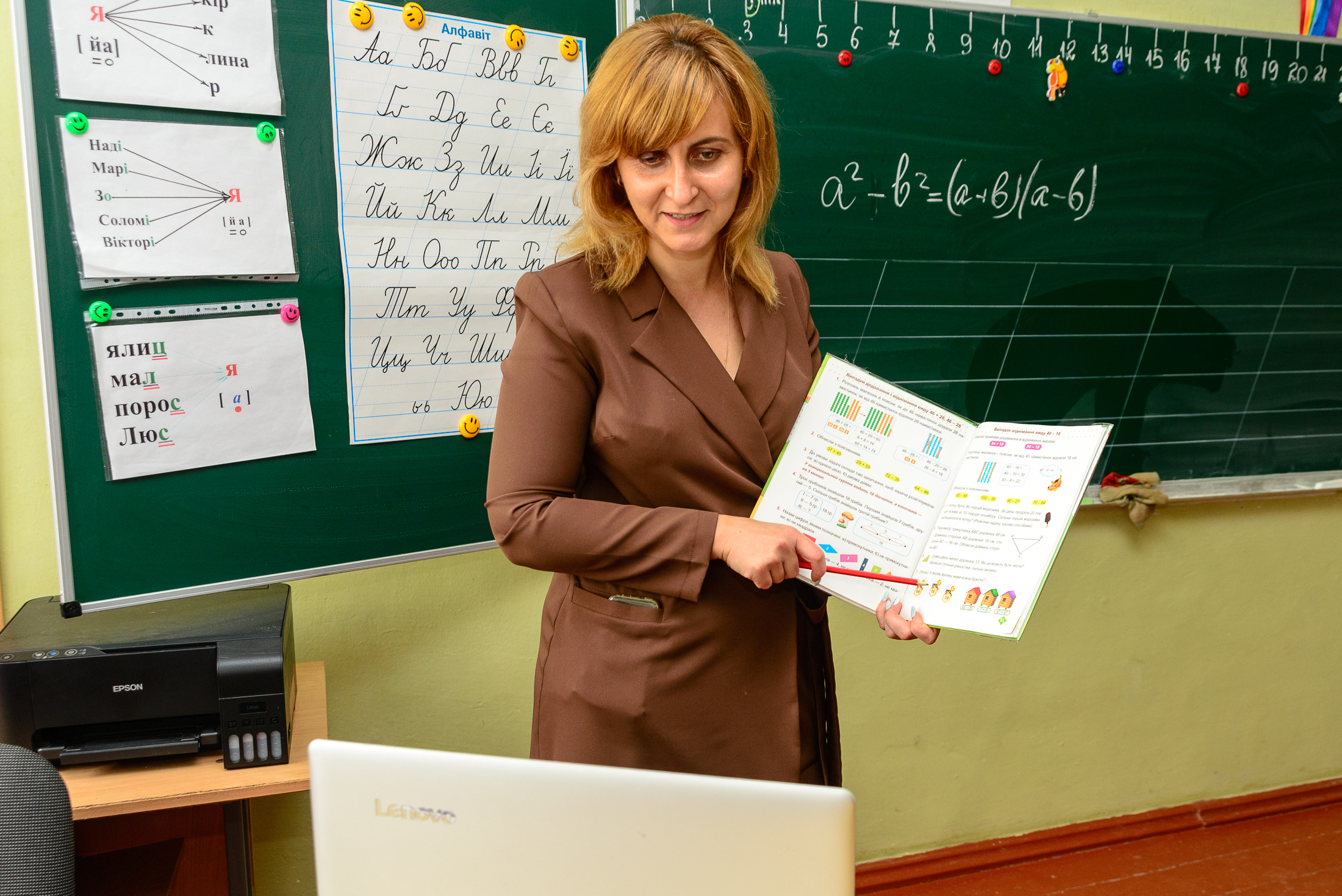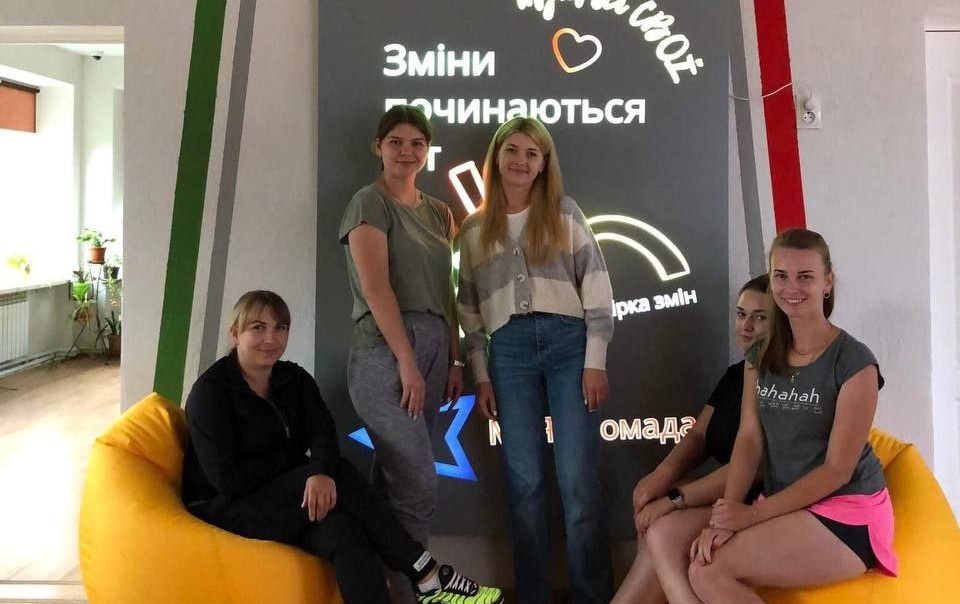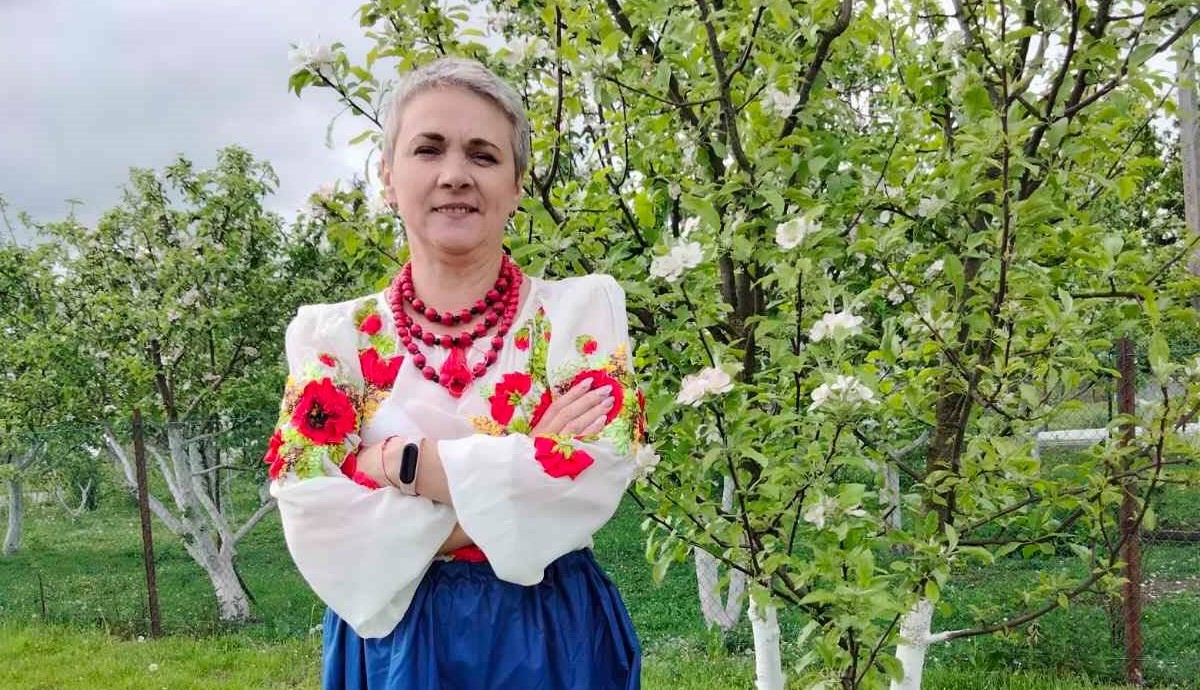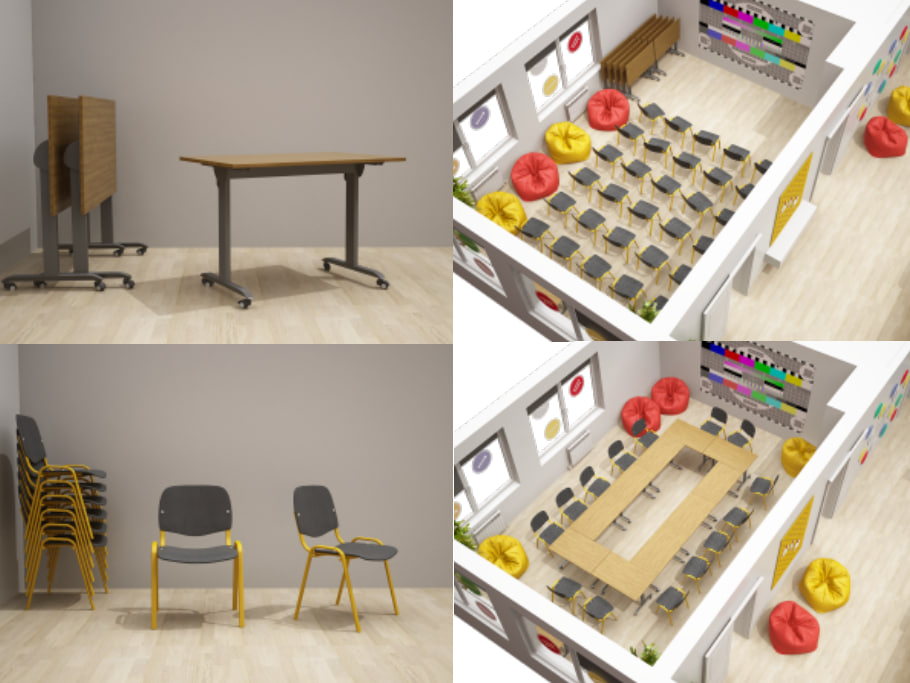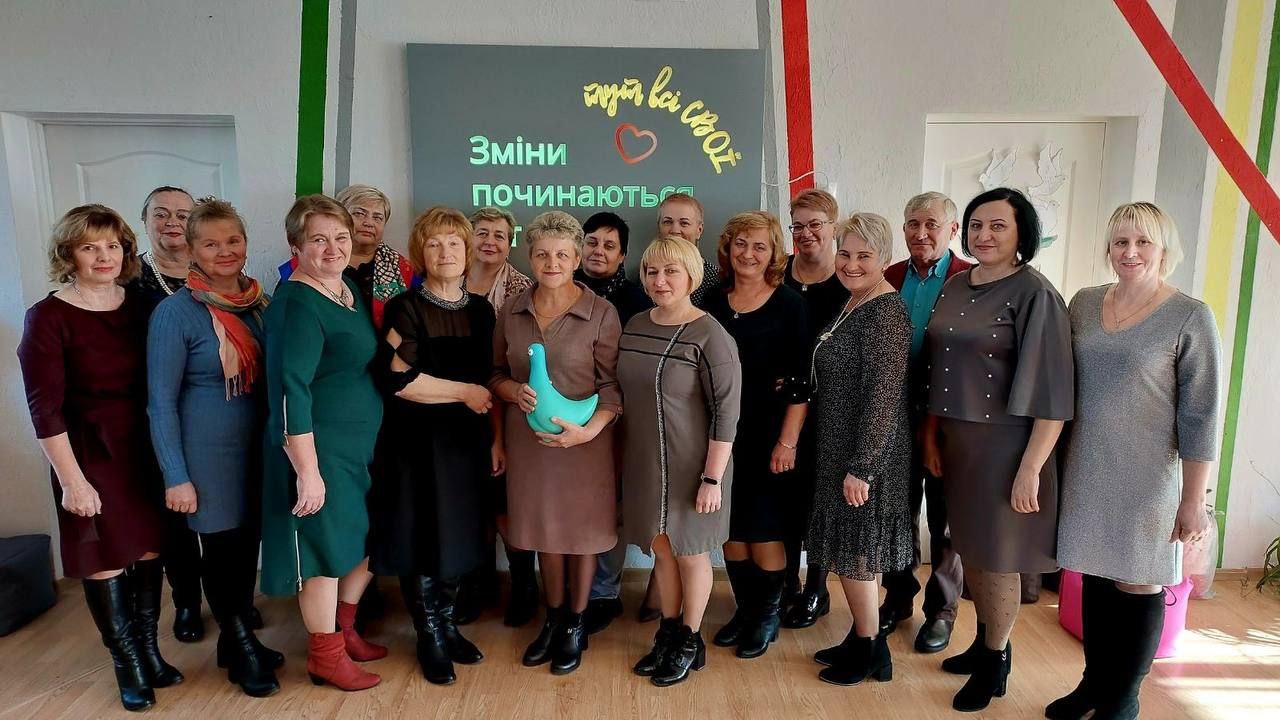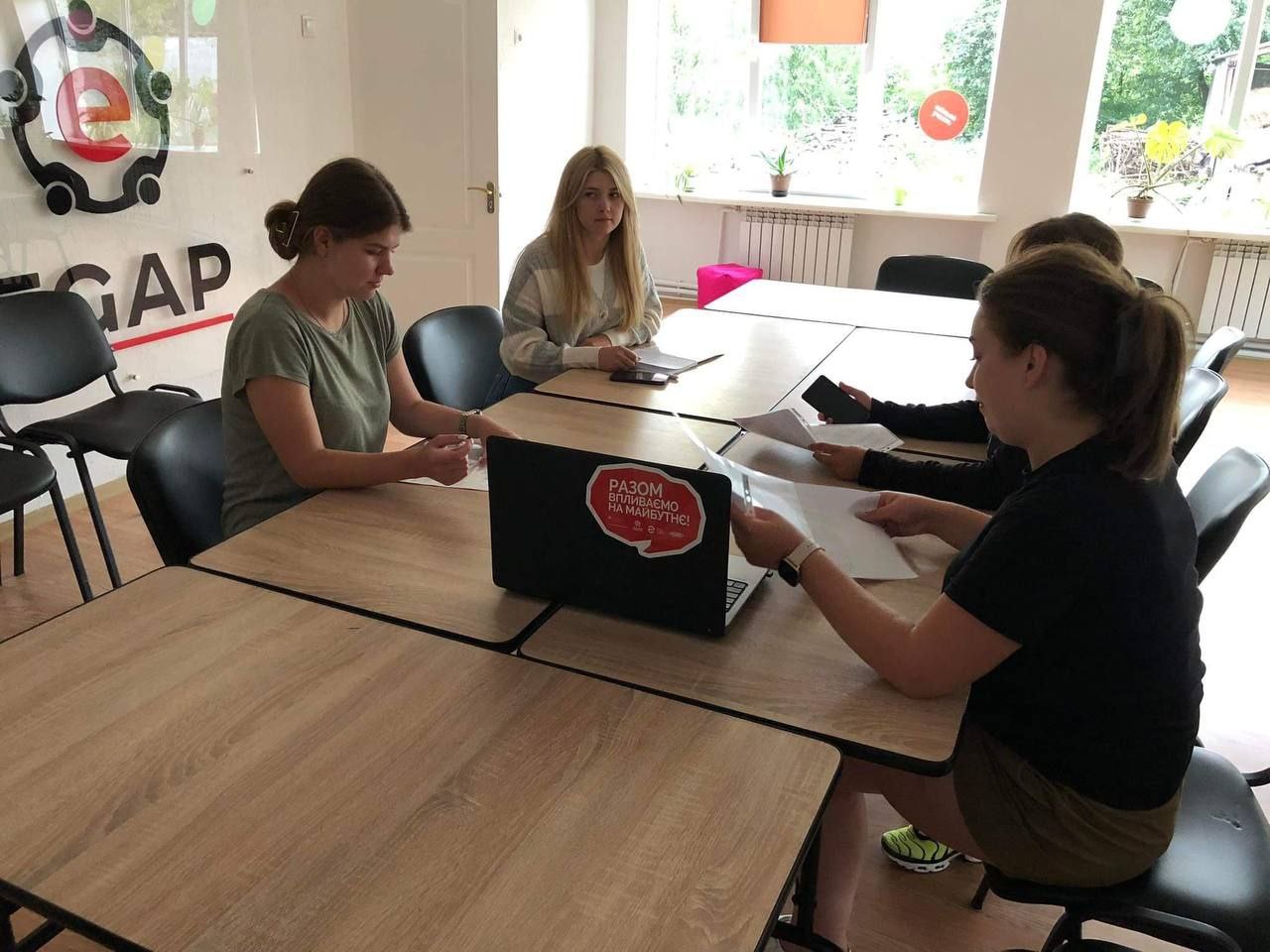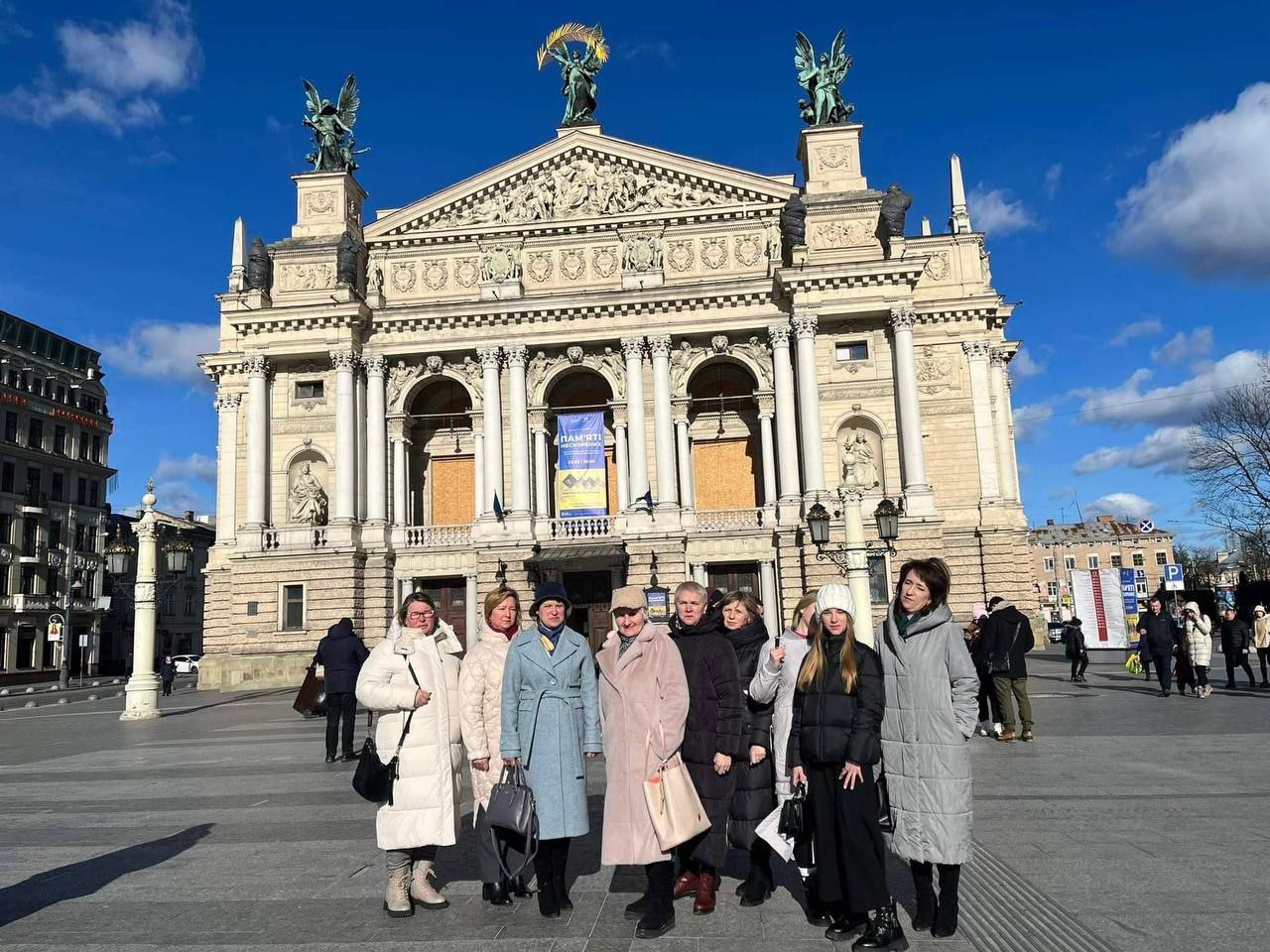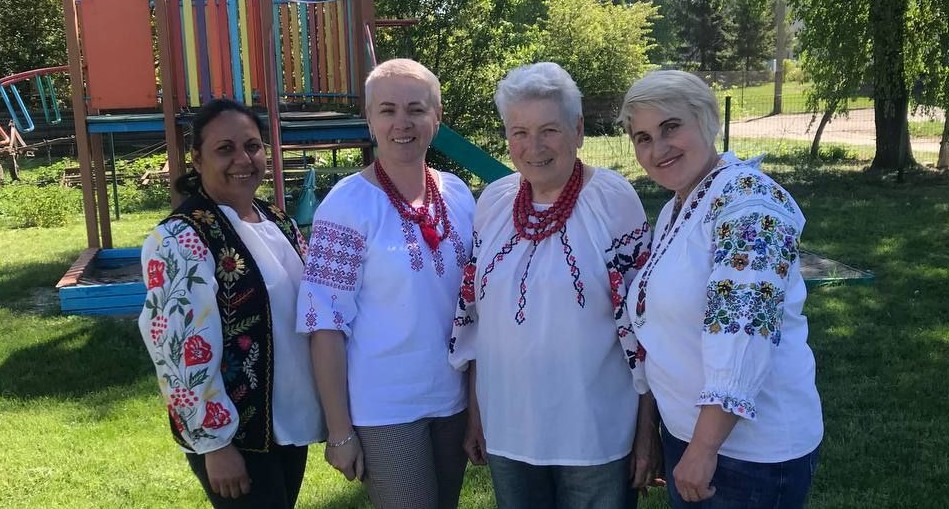Every day, more and more platforms that bring people together, such as co-working spaces, hubs, or youth spaces, appear across major Ukrainian cities.
However, the situation is much worse in villages and small towns. Local residents have nowhere to spend their free time, while events, which are held in post-Soviet cultural centres that are often unusable as they lack heating and require renovation, remain the only entertainment.
That is why EGAP team decided to develop a Citizen Activity Centre format, which over three years has become a success story of residents’ involvement in their community’s life.
The Citizen Activity Centre is an open space where residents can exchange views and independently hold free events — from public hearings to training workshops. The activity aims to bring together active residents, young people, volunteers, and IDPs willing to co-create changes alongside local authorities.
The first Activity Centre was inaugurated in 2021 in the village of Bubniv (Volyn Oblast). The community is 100 km from the Belarus border and 27 km from Poland. The village currently has only 450 residents.
The community space is headed by Alla Voitiuk, a librarian at the local library and a public activist.
It took almost a year to negotiate opening the new space with Bubniv’s residents. In the meantime, together with the local authorities, Ms Voitiuk would hold public hearings to discuss the benefits of the Centre.
‘We saw people being sceptical about the unknown because they had never heard of it before. They had no idea of what the Centre was needed for, nor how it would benefit the village. We were even repeatedly told that it would be better to fund repairing the road or windows in the club’, recalls Ms Voitiuk.
The next step was to present the project’s layout. When the residents saw how functional and modern the space would look, their doubts were dispelled.
Thus, on 30 June 2021, the first Citizen Activity Centre in Ukraine welcomed its first visitors.
Before the Citizen Activity Centre appeared, Bubniv already had a participatory foundation in the form of a women’s leadership union. Local women would gather in a kitchen to address pressing problems facing the village. Managerial decision-making is just a step away from filling a pothole or decorating a church with flowers!
‘An informal women’s club has existed in our village from time immemorial. Anyone who has ever visited a Ukrainian village knows that a village woman is a force to be reckoned with! Like men, we are employed at physically demanding jobs but also have to deal with the problems facing the village. For example, we would gather outdoors to discuss topical issues, like “This pothole needs to be filled, and the church requires flower decorations for the service”. Eventually, we would meet at the local cultural centre. But there was a problem — we could only do it in the summer because the building was not heated in the winter. So, the women started meeting in my kitchen, which was not too convenient either’, says Ms Voitiuk.
On 30 June 2021, the Citizen Activity Centre opened in Bubniv. This solved the problem of having a comfortable platform for women, which was often unavailable in villages. This is where the first official meeting of the Wings Women’s Club took place and where women continue to gather.
The Women’s Club in Bubniv is attended by more than half of the village’s female residents. All of them are very active. Ms Voitiuk says she can call any of the women at any time — none has ever refused to help.
The Club got its name for a reason. As the women of Bubniv admit, their shoulders can endure much physical labour on a par with men. That is why they need wings to ease the burden of their everyday work. According to another version, the association was named after a poem by Lina Kostenko, a Ukrainian poet and leader of the Sixties Movement: ‘They [humans] live on land and do not fly. Still, they have wings! They truly do!’
Prior to the full-scale invasion, the Women’s Club was managing almost all the events in the village. The women would organise Community Day, Ukrainian Headscarf Day, an open-air film festival, exercise classes, and masterclasses for children.
The Club was also involved in the cultural education of the public by managing trips to theatres in either Lutsk or Lviv. And during the pandemic, it readily offered the Centre’s premises for New Year’s celebrations that were held online for schoolchildren.
Since 24 February last year, Volyn Oblast has accommodated about 75,000 displaced persons from the temporarily occupied territories and the areas most affected by the shelling. Bubniv’s CAC did not stand aside either.
From the outset, the Centre made every effort to help its compatriots to adapt to the community: Ms Voitiuk would hold meetings with the village chairman in the ‘authorities and community’ format to identify the problems facing the people away from home.
Eventually, the Wings Women’s Club started integrating IDPs into the cultural life of the village. They organised Vyshyvanka Day, where every willing female IDP could try on traditional embroidered shirts (vyshyvankas) from the Volyn Oblast. As Ms Voitiuk admits, the guests liked the vyshyvankas so much that they would not take them off.
Volunteering has become the key activity of the Women’s Club. Not only did it focus women’s energies on helping the army but also offered them opportunities for learning new skills and building a network of contacts.
Since the Centre is situated next door to a kindergarten with a kitchen, the Women’s Club would often meet to cook dumplings, pancakes, and other yummies for the Ukrainian Armed Forces. While the women were cooking, Ms Voitiuk was handling logistics and establishing delivery routes. And when the army no longer needed meals, the women started weaving camouflage nets.
By now, the Centre has almost returned to its usual activities, with two events held each week for schoolchildren alone. By the way, the school in Bubniv is one of the most digitalised in the region — it has an up-to-date website and is linked to a system of electronic grade books and e-registers.
Ms Voitiuk dreams of re-establishing the local youth council after the victory to improve liaison with the authorities and set up networking.
How to make a Citizen Activity Centre a place of inspiration in the darkest of times:
1. Make the space comfortable and aesthetically pleasing. A good location is not merely about the floor, ceiling, or chairs. It is essential for the Centre to be the complete opposite of post-Soviet cultural centres. Therefore, the renovation should be good, the room cosily decorated, and the premises warm.
2. Find the leader among the most active ones. Your village already has everything in place to open an Activity Centre — just watch the most proactive residents!
3. Engage various age groups. You can start with the youngest ones. The Bubniv Centre, for example, has a format where masterclasses for children are hosted by children themselves :)
4. Make use of digital tools. The Bubniv CAC has a Viber community where administrators post problematic issues and suggest for consideration the latest ideas on how to improve the community.
4. Share your experience. Encourage other communities, invite foreign partners, and be open to new things.
5. Drop your fear and move forward. Remember, you are not chained to plans or reporting. With the Centre, you can see any problem and immediately resolve it. This is how you push the community forward!
Despite both the coronavirus and the Great War, EGAP Program has managed to open 7 Citizen Activity Centres in three years. In addition to Bubniv, modern spaces have appeared in the Zymne, Illintsi, Viitivtsi, Vasylkiv, Mezhova, Vyshniv, and Khmilnyk communities of our target regions! Next, more spaces for local residents’ networking!
